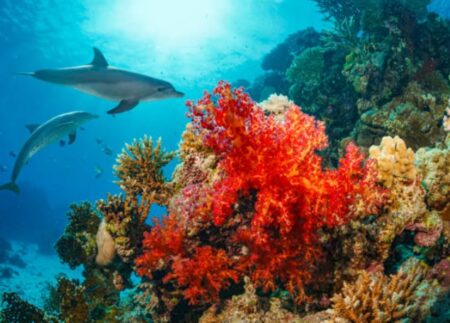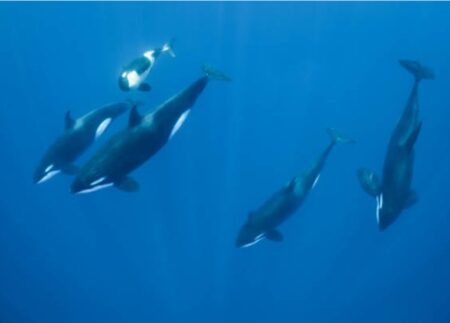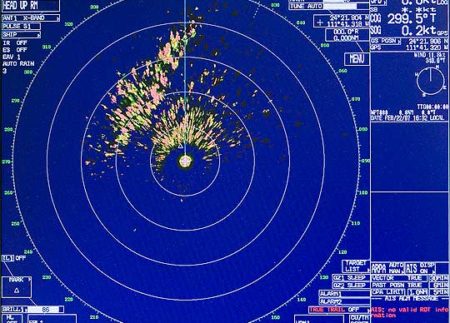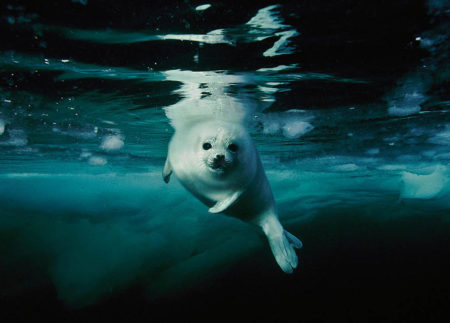KEY QUESTIONS
- How do we improve our understanding of selected transfer functions in the PCAD model to determine biological significance of behavioural response to sound exposure?
- What are the qualitative transfer functions between change in vital rate statistics and impact to fitness? Improved Transfer Functions give the PCAD model some predictive capability. However, at the outset, data existed to improve only one of the model’s four transfer functions (number 4, Vital Rates to Population Effects). Two projects were funded relative to the other three (number 1, Sound to Behaviour Change, number 2, Behaviour Change to Life Function, and number 3, Life Function to Vital Rates).
SUMMARY
Acoustic masking reduces the efficiency of communication, prey detection, and predator avoidance in marine mammals. Most underwater sounds fluctuate in amplitude, which may influence the amount of masking experienced by marine mammals. The hearing thresholds and the ability of two harbor seals and three harbor porpoises to detect tonal sounds in the presence of noise were studied with a psychoacoustic technique. Masking and release from masking was assessed in relation to signal duration masker level, modulation rate, and bandwidth. Release from masking was observed for both species under specific conditions and discussed in the context of signal detection in environmental noise.
Objectives and methods
- Measure the masking effect of impulsive noise on Arctic seals using psychoacoustic methods
- Compare results to predictions based on critical ratio measurements obtained with tonal signals and broadband, flat-spectrum maskers
Importance
The ability of resource managers to quantify masking from intermittent seismic noise is relevant due to widespread geophysical exploration. This study addresses the important issue of masking outside of the laboratory, and provides much needed information about when it is appropriate to use average noise levels and critical ratio data to predict masking in real environments. The results inform best management practices for evaluating the effects of noise on Arctic seals and other marine mammals.
Links to other research
This study was intentionally linked to Programme projects:
Institutions/PIs
- Sea Mammal Research Company (SEAMARCO), The Netherlands (Ronald Kastelein)






